Just a short train ride from the bustling streets of Osaka, Nara offers a tranquil escape into Japan‘s ancient capital. Known for its UNESCO World Heritage sites and, of course, its friendly, bowing deer, Nara is a perfect destination for a day trip. If you’re looking for a foolproof plan that guarantees a good time, this is the guide for you!
Also read: 10 Great Day Trip Ideas from Osaka
Getting to Nara
The most convenient way to get to Nara from Osaka is the Kintetsu Nara Line, which takes you directly to Kintetsu-Nara Station. This station is closer to Nara’s main attractions than the JR Nara Station, making it the ideal starting point for your adventure. The ride is quick, about an hour, and you’ll be ready to explore in no time.
Nara day trip itinerary
9:00 AM – Breakfast at Rokumei Coffee
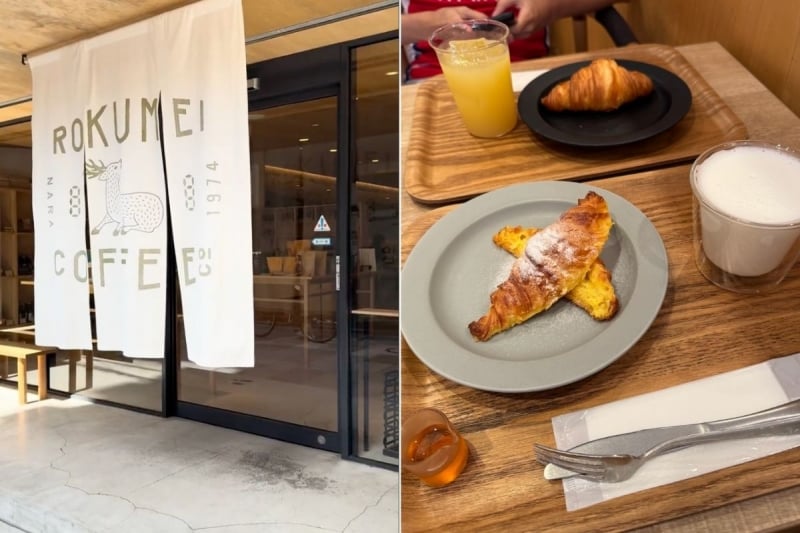
Start your day with a perfectly brewed cup of coffee (or orange juice, or milk) and a light breakfast at Rokumei Coffee, a cosy cafe located just a short walk from Kintetsu-Nara Station. Known for their high-quality beans and calm, minimalist atmosphere, it’s the ideal spot to fuel up before a day of walking and exploring. I ordered the morning set, which came with a drink and a buttery French croissant for ¥920 (~S$8) and I must say, it was a great start to the day!
TripZilla Tip: Do note that every dine-in customer must order at least one drink.
10:00 AM – Feed the deer at Nara Deer Park
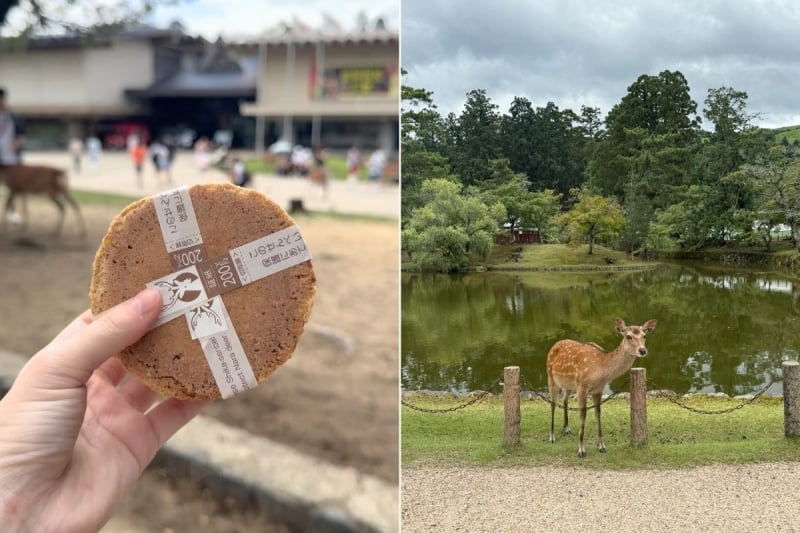
No trip to Nara is complete without meeting its most famous residents. Head to Nara Deer Park, where you’ll be greeted by hundreds of free-roaming sika deer. You can purchase shika senbei (deer crackers) from vendors around the park for ¥200 (~S$1.70). While some deer might bow politely for a snack, don’t expect perfect manners, especially if they spot food in your hands! Expect excited deer, and the sound of kids and adults alike squealing (or straight up screaming) as they get swarmed.
11:00 AM – Hike Mount Wakakusa
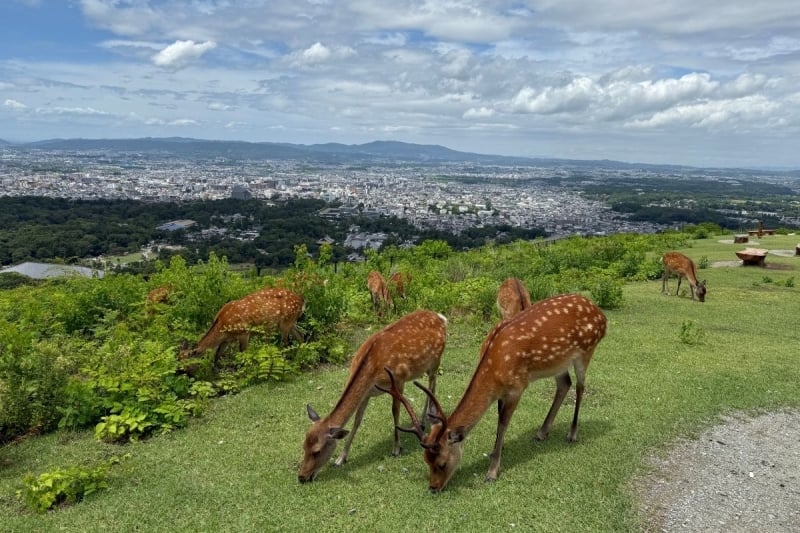
If you’re craving a dose of nature and sweeping views, a hike up Mount Wakakusa is the perfect afternoon activity. For just ¥150 (~S$1.30) per adult, you can access the gentle, beginner-friendly trail, which takes about 30–40 minutes to reach the first of three scenic viewing platforms.
Each platform offers increasingly stunning panoramic views of Nara city, the surrounding mountains, and on clear days, you might even catch a glimpse of Kyoto in the distance. It’s a peaceful break from the crowds and a great way to see Nara from a new perspective.
1:00 PM – Lunch and mochi break at Nakatanidou
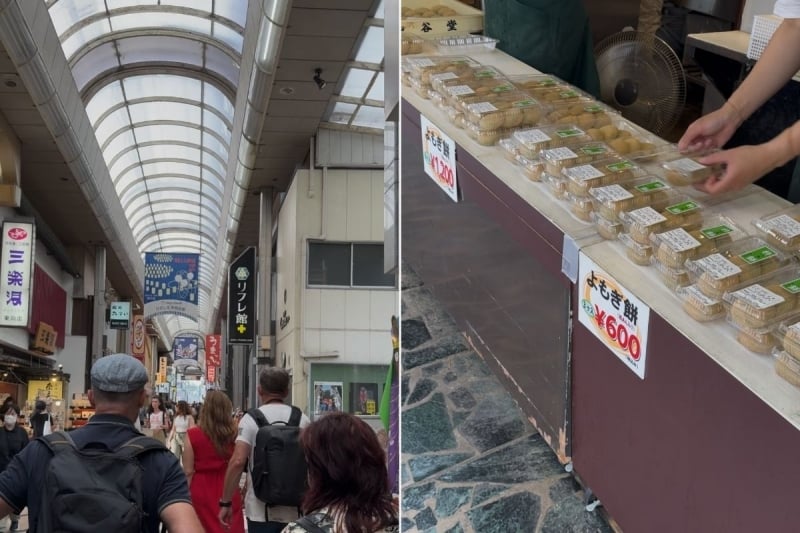
By now, you’ve probably worked up an appetite. Head to Higashimuki Shopping Street, a lively stretch packed with restaurants, cafés, and casual eateries. Whether you’re craving noodles, sushi, or something more adventurous, there’s something for everyone here.
Once you’ve had your fill, it’s time for dessert! Look for Nakatanidou, a local mochi shop that’s become famous for its live mochi-pounding demonstrations—a fast-paced, rhythmic performance that draws a crowd. Their freshly made yomogi mochi (mugwort mochi filled with red bean paste) is soft, chewy, and absolutely delicious. It’s a must-try Nara treat, and the perfect sweet break before your afternoon adventures.
1:30 PM – Explore Kofuku-ji Temple and Sarusawa-ike Pond
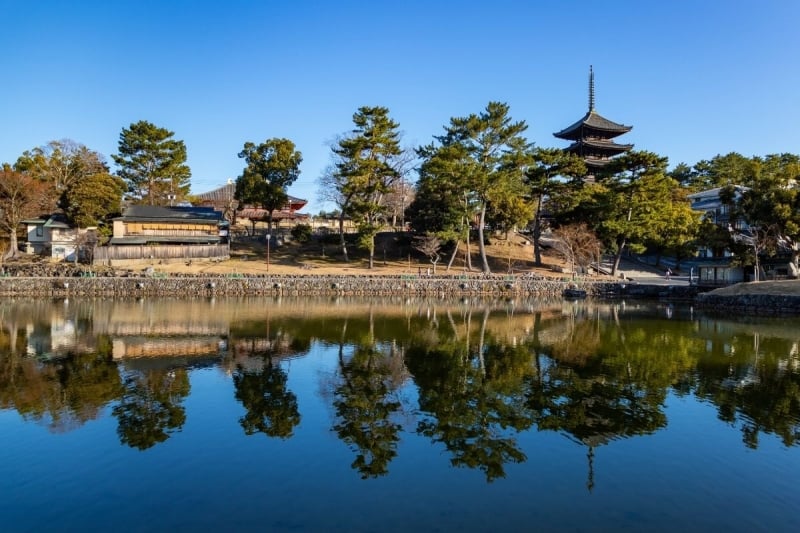
Image credit: Bruno Coelho via Canva Pro
Make your way to Kofuku-ji Temple, one of Nara’s most historically significant landmarks and a former center of political power during the Nara period. The temple grounds are free to enter and open 24 hours a day, so you can explore at your own pace. Don’t miss the iconic five-story pagoda, one of Japan’s tallest, which makes for a stunning backdrop to your Nara adventure.
As you explore the temple area, take a stroll to nearby Sarusawa-ike Pond. This peaceful spot offers one of the best photo angles of the pagoda — its elegant reflection shimmering on the water’s surface creates a picture-perfect moment.
3:00 PM – Find serenity at Yoshikien Garden
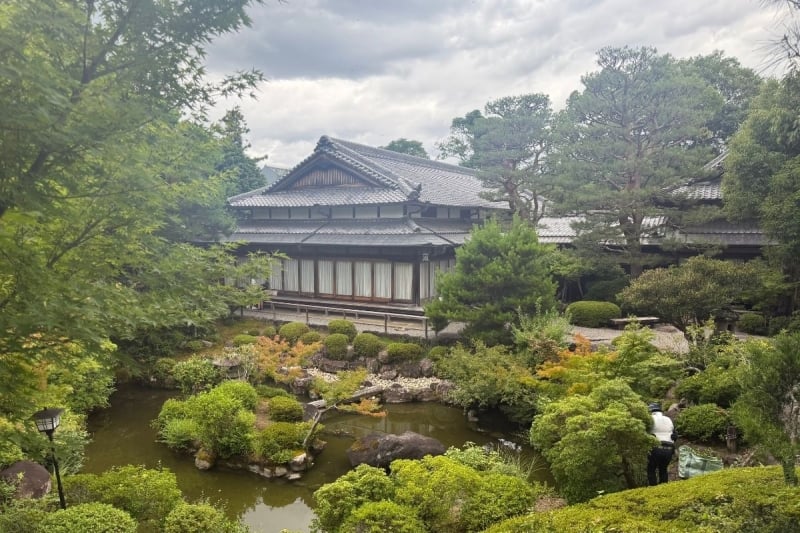
After all the chaos from the deers (trust me, they follow you everywhere), treat yourself to a moment of peace at Yoshikien Garden. This hidden gem is a traditional Japanese garden with stunning landscapes, a tea ceremony house, and a serene pond. Best of all, it’s completely free! It’s the perfect place to enjoy the beauty of Japanese landscape design and I even spotted some hydrangeas here in July!
4:00 PM – Experience an earthquake at Okumura Commemorative Museum
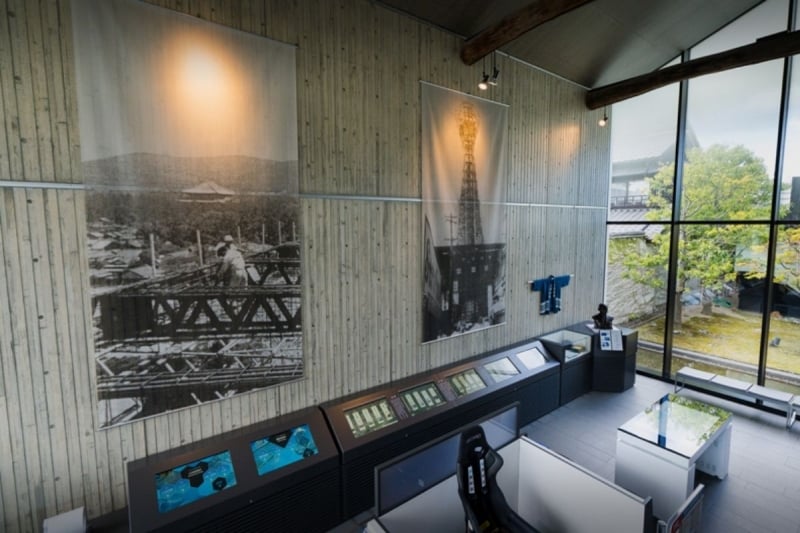
Image credit: Okumura Commemorative Museum Official Website
Finally, head to the Okumura Commemorative Museum, another gem that’s completely free to enter. Focused on structural engineering and earthquake safety, this small but fascinating museum offers insightful exhibits on how buildings in Japan are designed to withstand seismic activity.
The highlight? A simulated earthquake experience where you can feel the difference between a quake with and without seismic isolation technology. It’s a powerful way to understand how modern engineering helps protect buildings and lives in earthquake-prone Japan.
4:30 PM – More exploring and heading back to Osaka
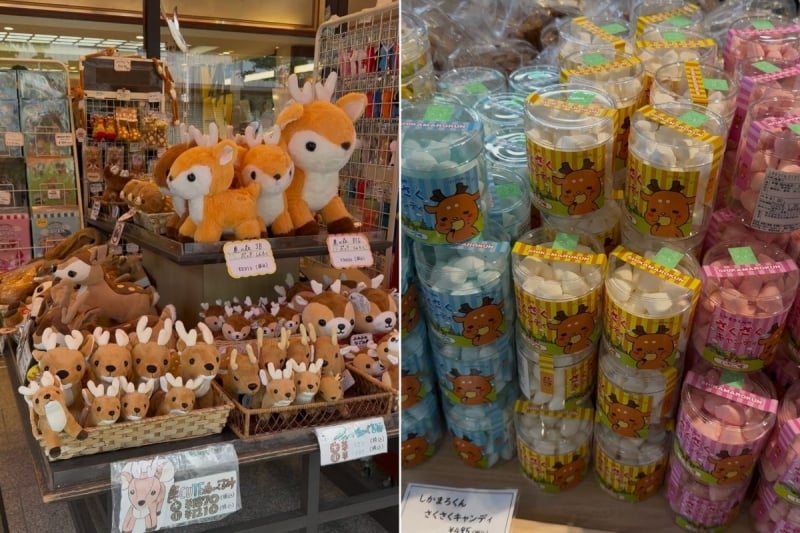
As the afternoon winds down, take some time for any final wandering. Whether it’s picking up deer-themed souvenirs from local shops, grabbing one last snack, or petting your last few deer. With most major sights within walking distance, it’s easy to enjoy a relaxed stroll before making your way back to Kintetsu-Nara Station.
After a fulfilling day following this Nara day trip itinerary, I can guarantee that you’ll board the train back to Osaka with your camera roll full, your appetite satisfied, and a deeper appreciation for Japan’s rich history and natural beauty!




